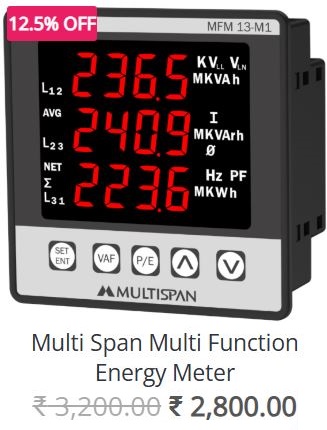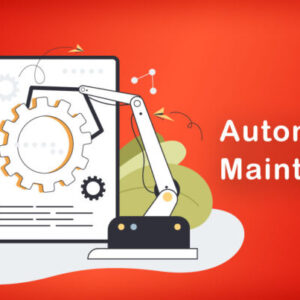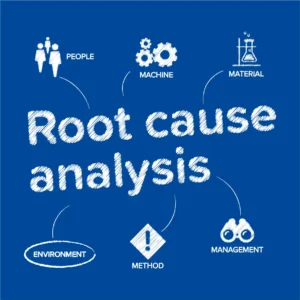In the world of industrial operations, predicting when equipment will fail can make the difference between maintaining smooth operations and dealing with costly downtime. The ability to anticipate failures before they occur can save businesses significant amounts of money and time while improving the reliability and safety of operations. One powerful tool for predicting equipment failures is Weibull Analysis.
Weibull analysis is a statistical method that plays a crucial role in the maintenance and reliability management of industrial assets. It helps organizations understand failure patterns, optimize maintenance schedules, and extend the life of their equipment. In this blog, we will explore what Weibull analysis is, how it works, and why it’s essential for predicting equipment failures.
What is Weibull Analysis?
Weibull analysis is a statistical method based on the Weibull distribution, which is commonly used to model the reliability and failure rates of industrial equipment. The method is named after Wallodi Weibull, a Swedish engineer who introduced the distribution in the 1950s. It’s primarily used to analyze the time to failure of mechanical components and systems, such as pumps, turbines, motors, and other industrial equipment.
The key feature of Weibull analysis is its ability to model failure rates that are not constant over time. Unlike traditional methods that assume a fixed failure rate, Weibull analysis takes into account the fact that equipment might fail at different rates depending on its age, usage, and other factors.
The Weibull distribution is defined by two main parameters:
- Shape parameter (β): Determines the failure rate behavior of the equipment.
- If β < 1, it indicates early-life failures (infant mortality).
- If β = 1, the failure rate is constant (random failures).
- If β > 1, it indicates wear-out failures (aging failures).
- Scale parameter (η): Represents the characteristic life of the equipment, or the time by which approximately 63.2% of the items will have failed.
By using these parameters, Weibull analysis can provide insights into when equipment is likely to fail and how to plan maintenance accordingly.
How Does Weibull Analysis Help Predict Equipment Failures?
-
Identifying Failure Patterns
Weibull analysis helps identify failure patterns by providing a statistical model of how equipment failures occur over time. By analyzing failure data, it is possible to categorize the type of failures the equipment experiences (infant mortality, random, or wear-out). This categorization helps determine the most effective maintenance strategy for each piece of equipment.
- Infant mortality failures occur early in the equipment’s life, often due to manufacturing defects, improper installation, or poor quality control.
- Random failures can happen at any point in the equipment’s life, often due to unforeseen factors like environmental stress or operational anomalies.
- Wear-out failures happen as equipment ages and parts begin to degrade or wear down.
-
Predicting When Failures Will Occur
One of the most significant benefits of Weibull analysis is its ability to predict when equipment will fail. By plotting failure data on a Weibull distribution, companies can estimate the time to failure of individual components and predict the likelihood of failure over time. This allows maintenance teams to schedule maintenance before a failure happens, reducing the chances of unplanned downtime.
For example, if the analysis shows that a motor has a high probability of failure after 5,000 operating hours, the maintenance team can plan to inspect or replace the motor before this point, preventing an unexpected breakdown.
-
Optimizing Maintenance Schedules
Predictive maintenance is one of the primary goals of Weibull analysis. By understanding the failure characteristics of equipment, maintenance teams can move from reactive maintenance (fixing things after they break) to proactive maintenance (performing actions based on failure predictions). This helps companies optimize maintenance schedules, reduce unnecessary repairs, and allocate resources more effectively.
Instead of following a fixed schedule based on manufacturer recommendations or arbitrary intervals, Weibull analysis enables maintenance teams to act based on actual usage patterns and failure data. This minimizes unnecessary downtime and extends the operational life of equipment.
-
Reducing Operational Costs
Equipment failures are expensive. In addition to repair costs, unplanned downtime can halt production, leading to revenue loss. By predicting when failures are likely to occur, Weibull analysis helps companies avoid these issues, reducing the overall cost of maintenance and preventing the high costs associated with unexpected failures.
Moreover, with predictive maintenance, businesses can optimize spare parts inventories. They can order the parts needed based on the predicted failure rates, reducing the amount of capital tied up in excess inventory.
-
Improving Reliability and Safety
Anticipating failures before they occur not only improves the reliability of equipment but also enhances the safety of operations. In industries like oil and gas, manufacturing, and aerospace, equipment failures can lead to catastrophic consequences, including accidents or environmental hazards. Weibull analysis helps identify high-risk components and plan maintenance actions that mitigate these risks, ensuring that equipment operates safely and efficiently.
Implementing Weibull Analysis in Maintenance Strategy
To leverage the power of Weibull analysis in predicting equipment failures, companies need a systematic approach to collecting and analyzing data. Here’s a general process to follow when implementing Weibull analysis:
-
Data Collection: Collect historical failure data for the equipment you want to analyze. This data should include the time of failure and any relevant operational conditions or environment factors that might affect performance.
-
Plotting Failure Data: Use the collected failure data to generate a Weibull plot. This is a graphical representation of the time to failure of the equipment. The plot will help visualize failure trends and estimate when future failures might occur.
-
Fitting the Weibull Distribution: Once the data is plotted, fit a Weibull distribution to the data. This involves calculating the shape and scale parameters (β and η) that best fit the observed failure times. Various software tools and programs are available to perform this step.
-
Interpretation: After fitting the Weibull distribution, interpret the results. Analyze the shape parameter to understand the failure characteristics (early-life, random, or wear-out failures). Use the scale parameter to predict the expected time to failure and plan maintenance activities accordingly.
-
Integration with Maintenance Plans: Integrate the results of the Weibull analysis into your overall maintenance strategy. Use the predictions to schedule proactive maintenance tasks, prioritize equipment for inspection, and allocate resources efficiently.















